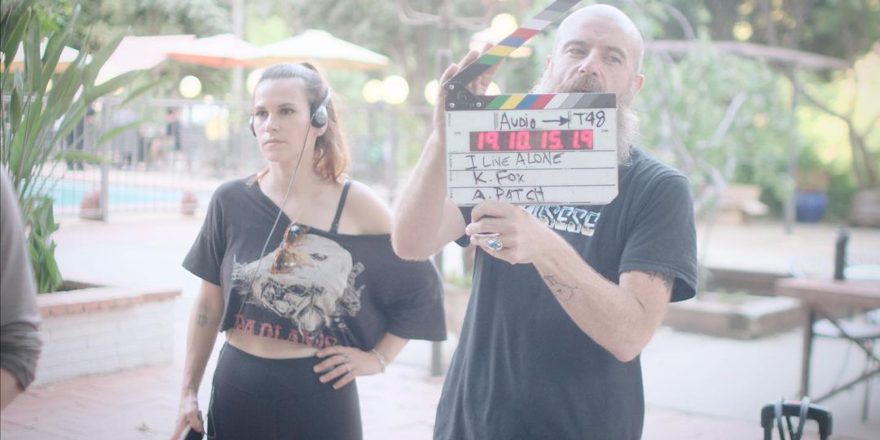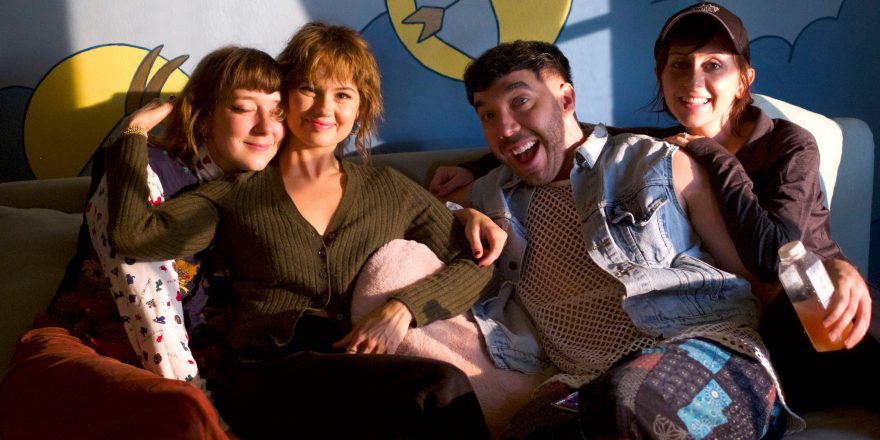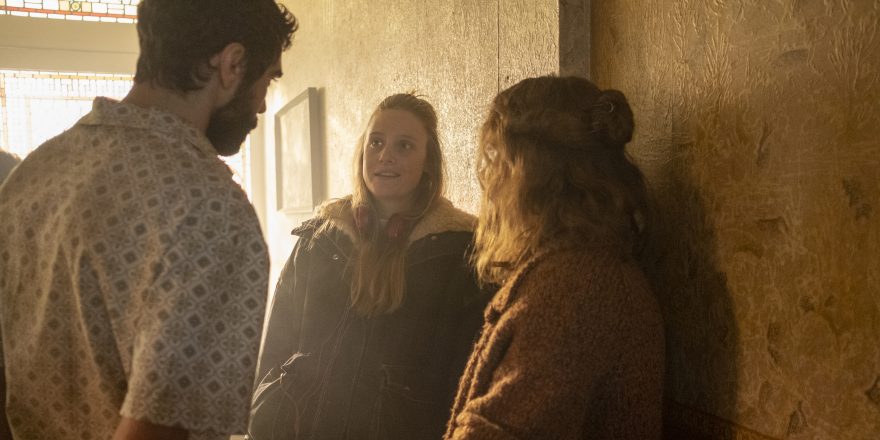It was a sweltering summer night in New York City, and my distributor had just sent a PDF of draft marketing materials for my feature film debut, My Animal. To put it plainly, I was terrified to open it.
As any independent filmmaker knows, completing a project requires countless unglamorous tasks. Indeed, I had grown accustomed to overseeing every last detail on my projects for any number of reasons: lack of time, lack of money, the simple desire to see it done right.
But the distribution process for My Animal pushed me into new and uneasy territory. Every step was compartmentalized into a vast array of departments. I had adjustment issues. I clicked on the PDF and, palms sweaty, started scrolling, stopping on the last design. My eyes flickered across the proposed tagline for the poster: Become What You Are.
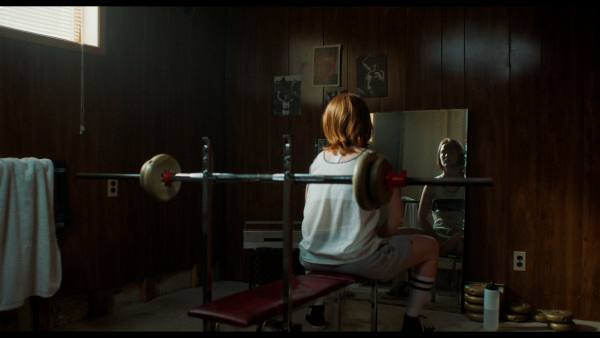
I smiled, a rarity at the time. The last thing I expected was a quote from Nietzsche – later adopted by countercultural philosopher Alan Watts – let alone a statement so strikingly on point. These four words, from Nietzsche’s final work, Ecce Homo, encompassed everything that making My Animal had come to signify for me – and the irrevocable changes that the process wielded on me. In a single stroke, I felt seen.
My mind drifted back to the shoot, like revisiting the memories of a distant car crash. Confined to a hotel room with an intermittent Wi-Fi signal, no cell reception, and only a space heater to combat the subzero temperatures, I was staring into the abyss of Timmins, a remote mining town in Northern Ontario. It was the precipice of what became a multi-week production lockdown after a Covid outbreak on set.
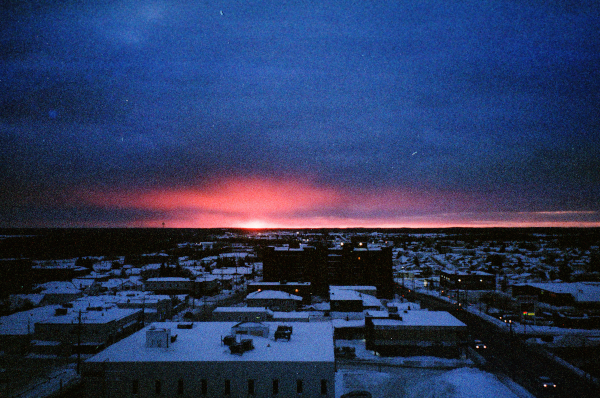
Alone in my room, I pulled a Tarot card: the Ten of Swords. It’s the card no one wants, depicting a lone figure on the ground, backstabbed and left to die. It captured my feelings. I was no longer directing my first feature, I feared, but was instead staring down the very real prospect that it would never get made; that midway through production it was, like the Tarot figure, dead. I felt frighteningly alone. Instead of becoming myself, I was unraveling.
Weeks before our shutdown, I meticulously prepared the world of the film’s protagonist Heather, a teen loner who longs to play goalie for the town’s all-male hockey team while also concealing a bizarre family secret of lycanthropy. I selected the posters, books and records in her room. I wore her clothes to shoot B-roll with my director of photography. I crashed in her bed. I walked the same icy streets and roads of her town. I felt Heather bleeding into me. Now, staring out over Timmins that night, I felt trapped, much as Heather must have within her own story. Watching the furious snow, I considered what debts we assume to tell our stories, what energy we release into the world, and how a film’s narrative shifts with our experience of making it. Do we personally take on the life of a character in the telling? Do they take over ours?
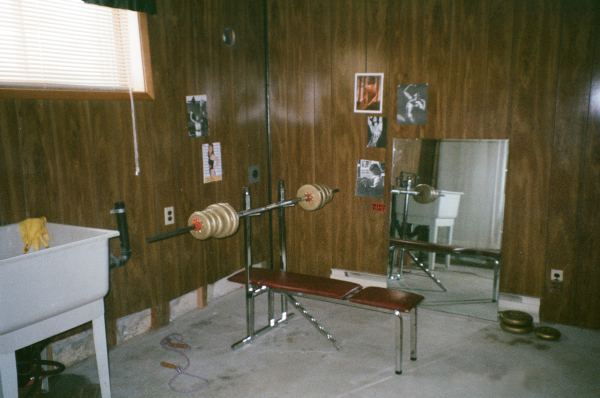
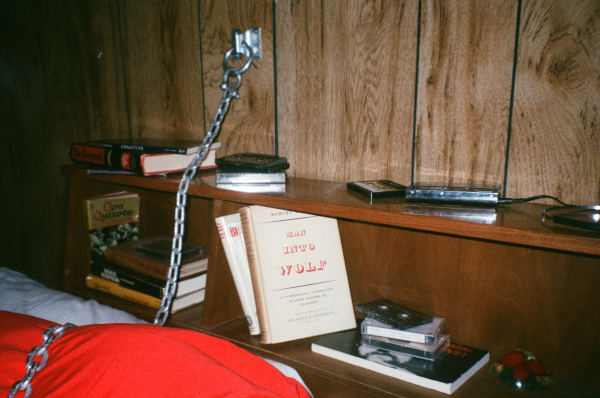
Two harrowing weeks later, in a near-miracle of gritty, round-the-clock strategizing, our production resumed. The editing process began two months later. By then, I had already been away from home for nearly six months. Even though I was both gratified and a little astounded by our wrap, I also felt burned out, untethered and unconfident. Watching the dailies was excruciating, let alone sitting through the first assembly with my editor, Marc Boucrot. I could hardly breathe. I wanted to rip through the image and escape. All I could see were the endless creative sacrifices and the personal bullying I’d experienced on set when I refused to walk the easy path. I’ve always approached problem-solving in a matter-of-fact way, divorcing my emotions from the task at hand. But in that moment, I felt rage in a way I’ve never experienced before.
In particular, I harbored deeply conflicted feelings about the film’s ending, which originally scripted the two young lovers reconciling after a betrayal. It wasn’t sitting right with me that Heather’s destiny and agency depended on someone else’s validation. The scenario felt dishonest, because I knew that Heather could grow only by moving beyond attachment. I knew from experience that courting validation is a dangerous game – and often a losing one. Going it alone is sometimes the only road forward. Perhaps now I was bleeding into Heather’s story as much as she was into mine.
My editor Marc reminded me I could do anything I wanted in the edit. I could rewrite the ending at any point. Relief washed over me. If I could control Heather’s destiny, I could also control my own. Isn’t that what every artist is secretly after?
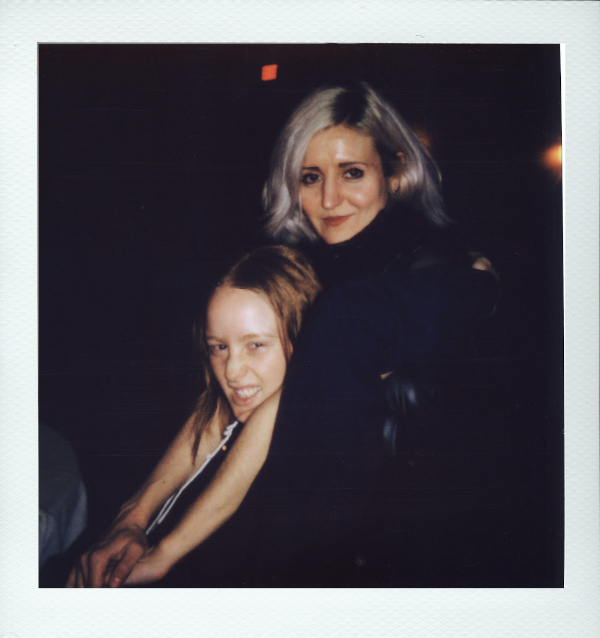
On the surface, My Animal is the story of a teenage werewolf, but at its heart, it’s a story about transcending inherited circumstances, and the often difficult and painful ways we transform ourselves to seek personal evolution. Little did I realize that I would take that journey with Heather.
When I began My Animal, I assumed this production would be different than the countless others I had helmed. Given that it was the largest budget and team I had ever worked with, I expected greater support and resources. In reality, I experienced greater isolation than I ever did with a smaller team with limited means – or even the frequent occasions when I worked alone in my studio, shooting, editing or completing any number of tasks. In this case, however, I experienced greater isolation and far less teamwork than expected. Like Heather, I often had no one to turn to.
Returning my gaze to the poster – Become What You Are – I realized that Nietzsche was correcting our tendency to prioritize ease, convenience, validation and familiarity. Such impulses lead us to flee challenges that might be overcome if only we are prepared for, in the words of writer Alain de Botton, “the savagery legitimately demanded by almost anything of value.”
For that reason, I questioned whether Heather should look toward another for her sense of self-worth. Heather’s journey – and my own – required something different. Much like Heather and her bodybuilding practice, I also trained in isolation, often in the face of ridicule, to uphold the same standards I brought to other projects. Hence, the needs of the lead character and director grew symbiotic. And somehow, before I could fully articulate it to myself, the resolution came into focus – for both of us.

Aloneness is not exile or crisis. It does not always require “resolving.” Sometimes it requires embracing. I found the ending – hers and mine – by grasping that idea. Months later, without prompting, a line from Nietzsche’s vast catalog of aphorisms said it for me: Become What You Are. Sometimes becoming can – and must – be a path of solitude and self-direction.
My Animal, its ending, its characters and my experience making it, finally became unified and clear. And now my wish for audience members is to find within the film their own illumination for the journey – to make the film their animal, just as it was mine.
Featured images by (left) Bobbi Salvör Menuez and (right) Andrew Simpson; all images courtesy Jacqueline Castel.




